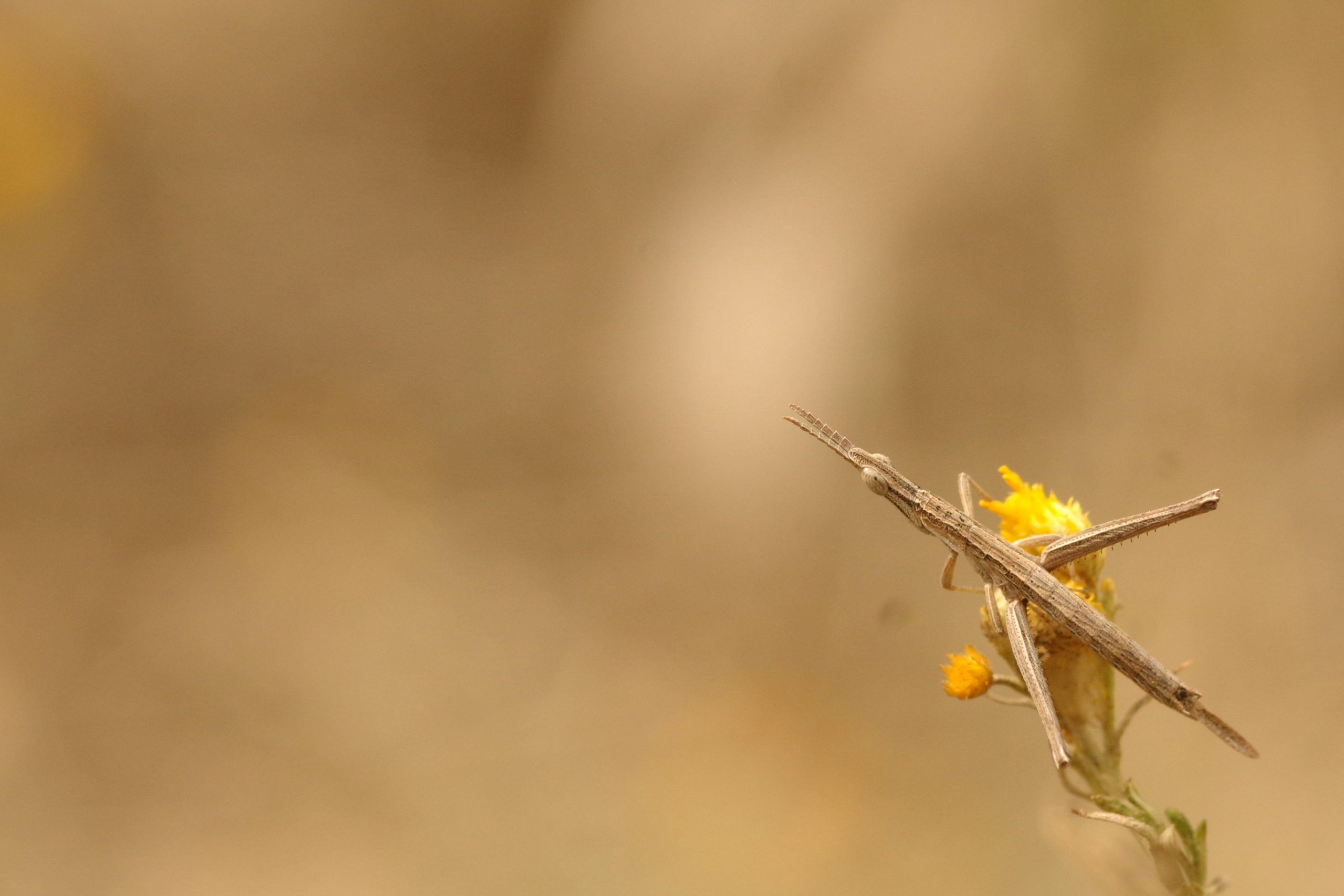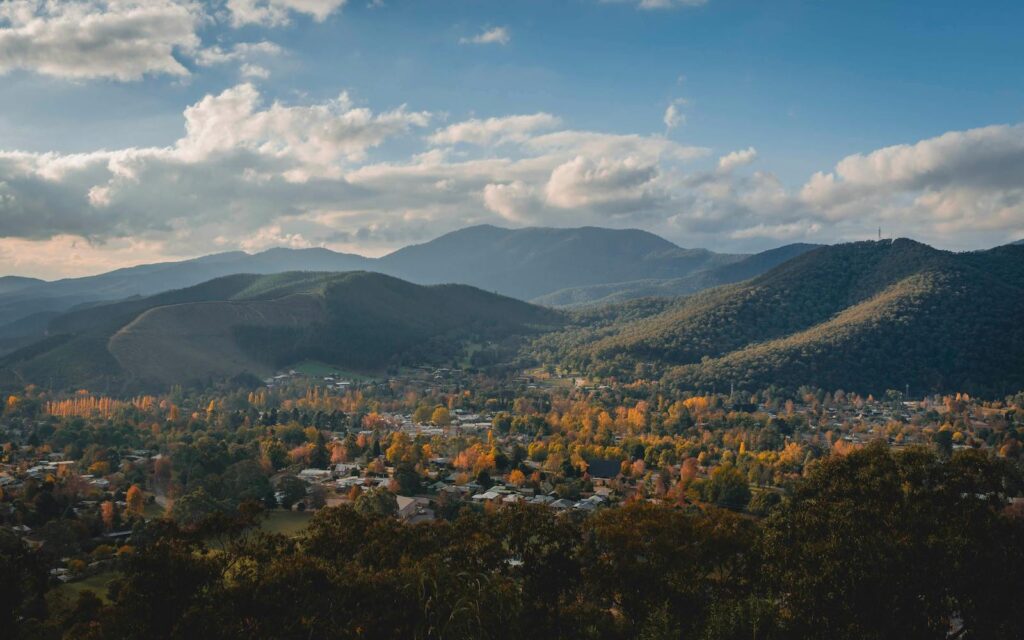Hundreds of tiny, flightless grasshoppers will be released into Melbourne’s Royal Park, as part of a pilot project addressing the biodiversity emergency.
The City of Melbourne has partnered with the University of Melbourne to restore the local population of matchstick grasshoppers – a declining native Australian species that is currently locally extinct in the municipality. Researchers have collected more than 3,000 matchstick grasshoppers from across Victoria, which will be reintroduced to suitable new habitats in Melbourne, including Royal Park in Parkville, Burnley and the Bayside area.
The population will be monitored and assessed over the coming months, with grasshopper numbers hoped to jump into the thousands by 2023. The experimental translocation is the council’s first-ever attempt at reintroducing a locally extinct species.
Stay up to date with what’s happening in and around Melbourne here.
Insects like grasshoppers play an important role in maintaining a healthy ecosystem and are an abundant food source for larger animals such as the praying mantis, lizards and birds.
The tiny, wingless critters thrive in habitats of everlasting daisies, native grasses and ample sunlight, and in environments that are free from weeds and predators. The matchstick grasshopper’s population has dwindled in recent years due to a scarcity of suitable environments and an inability to relocate from one habitat to the next. The grasshoppers are being released into habitat sites created through community planting days.
“Protecting and enhancing locally endangered creatures in our ecosystem could not be more important, so we’re proud to be working with the University of Melbourne to reintroduce matchstick grasshoppers to our wonderful city,” Lord Mayor Sally Capp said.
“We’re calling on Melburnians to look out for these tiny creepy crawlies and become a citizen scientist, to help us gather information to protect and restore their population.”
“The matchstick grasshopper represents a uniquely Australian species that has been a part of Melbourne’s natural environment for hundreds of thousands of years,” Melbourne University professor Ary Hoffmann added.
“It’s exciting to see these harmless and charismatic insects returned in the city as the council recreates new natural environments that can support them. We look forward to these introductions being the start of a process to restore many other invertebrates that formerly called the city home.”
You can learn more about the matchstick grasshopper here.







